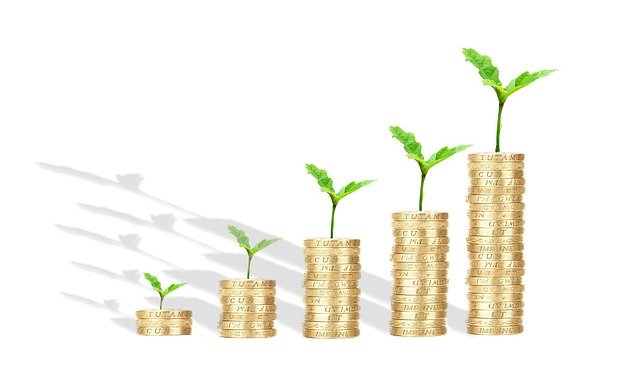Diversifying Your Portfolio: A Deep Dive Into Commodity Investments
Commodity investments have long been a staple in the portfolios of savvy investors. However, many individuals are unaware of the potential benefits and risks associated with this investment strategy. This article will provide an in-depth look at commodity investments, historical context, current trends, and practical strategies for incorporating them into your portfolio.

A Historical Context of Commodity Investments
Commodity investing involves buying and selling physical substances like agricultural products, energy resources, and precious metals. Historically, commodities were a direct way to hedge against inflation and provide a safeguard during periods of geopolitical turmoil. Today, it’s viewed as a strategic move to diversify portfolios and potentially enhance returns.
Current Market Trends in Commodity Investments
In recent times, commodities have experienced a resurgence, with prices for many raw materials reaching multi-year highs. Factors such as supply constraints, increased global demand, and a resurgence of inflationary pressures are driving prices higher. These trends highlight the potential for commodities to offer attractive returns in the current market environment.
The Impact of Commodity Investments on Your Portfolio
Commodity investments can serve multiple roles in a diversified portfolio. They can act as a hedge against inflation, provide portfolio diversification, and potentially enhance overall returns. However, investing in commodities also comes with its set of risks, including price volatility and geopolitical influences. Therefore, it’s crucial to understand these dynamics before incorporating commodities into your portfolio.
Real-World Applications of Commodity Investing
Investing in commodities can be achieved through several avenues, ranging from direct ownership to exchange-traded funds (ETFs) and mutual funds that focus on commodities. For instance, investors may consider gold ETFs as a way to gain exposure to the gold market without the need to physically store the precious metal.
On the other hand, agricultural commodity funds can offer exposure to crops like wheat, soybeans, and corn, linking their performance to weather patterns, crop yields, and overall demand. Understanding these real-world applications can help investors make informed decisions about commodity investments.
Key Considerations for Commodity Investing
-
Understand the Market Dynamics: Commodity prices are influenced by a wide range of factors, including supply and demand dynamics, geopolitical events, and economic factors. It’s crucial to understand these dynamics when investing in commodities.
-
Diversify Within Commodity Investments: Just as with other investments, it’s essential to diversify within your commodity holdings. This can help spread risk and potentially enhance returns.
-
Use Professional Management: Given the complexities of commodity markets, many investors opt to use professionally managed funds to gain exposure to this asset class.
In conclusion, commodity investments can offer several benefits, including portfolio diversification, potential for attractive returns, and a hedge against inflation. However, these investments also come with their set of risks. Therefore, it’s crucial to thoroughly understand these dynamics and consider professional management when incorporating commodities into your portfolio. By doing so, you can potentially enhance your investment strategy and better navigate the complexities of the financial markets.




